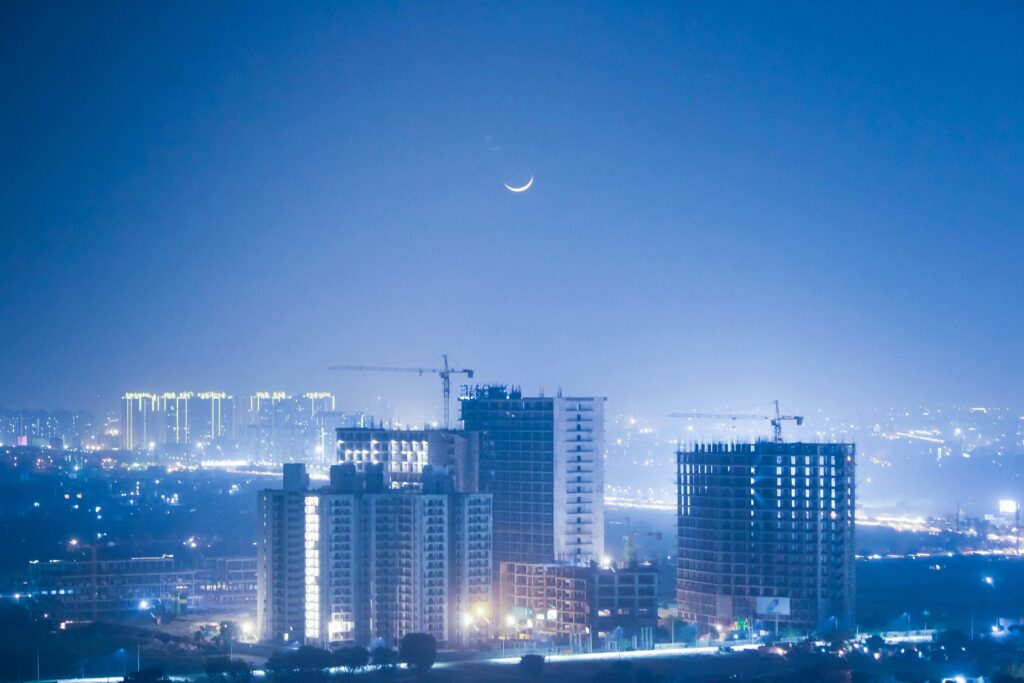India’s Affluent Class Set to Surge to 100 Million by 2027, Transforming Consumption Landscape: Goldman Sachs Report

In a recent disclosure, Goldman Sachs has unveiled a compelling report projecting the exponential growth of India’s affluent class, defined as individuals earning over $10,000 (approximately ₹8.3 lakh) annually. The report, titled ‘The Rise of Affluent India,’ predicts that this affluent segment is poised to reach a staggering 100 million by the year 2027, signaling a profound impact on consumption patterns and preferences across premium sectors.
Over the past four years, the affluent population in India has surged at a rate 12 times faster than the overall population, catapulting from 27 million in 2019 to an impressive 60 million in 2023. This group now constitutes around 4% of the working-age population, comprising 12-14 million households. Goldman Sachs foresees a compounded annual growth rate (CAGR) of 9%, propelling the affluent class to the anticipated 100 million milestone by 2027, constituting 7% of the working-age population and 20-22 million households.
The report attributes this robust growth to multiple factors, including rising income levels, increased urbanization, expanded digital access, improved education and skill development, and evolving social and cultural norms. Notably, income tax filing data serves as an indicator of this upward mobility, with the number of individuals filing returns reflecting income over ₹10 lakh witnessing a substantial 19% CAGR between 2017 and 2022, in contrast to the overall filers’ 8% CAGR.
Goldman Sachs underscores the consequential implications of this trend on premium consumption sectors such as leisure, jewelry, out-of-home dining, healthcare, and branded products. Projections indicate that these segments will experience mid-teen CAGR over the medium term, outpacing broader consumption growth. The report identifies key characteristics of affluent consumers, emphasizing their preference for quality, convenience, personalization, and social responsibility.
Highlighting companies poised to benefit from this surge, the report spotlights industry leaders including Asian Paints, Bajaj Finance, Britannia, Dabur, HDFC Bank, Jubilant FoodWorks, Marico, Nestle, Titan, and Zomato. These companies are recognized for their exposure to affluent segments, strong brand equity, innovation capabilities, and robust financial performance.
Goldman Sachs concludes that the ascent of affluent India is a structural and long-term phenomenon poised to reshape the Indian economy and society. The report also suggests policy measures to support this trend, emphasizing the need to enhance the ease of doing business, promote digital infrastructure, foster the entrepreneurial ecosystem, and ensure social and environmental sustainability.
Comparing India’s affluent class with developed nations such as the United States, the United Kingdom, Germany, and Japan, the report indicates that while India’s affluent class is relatively small, it is rapidly catching up. By 2027, India’s affluent class is projected to account for 7% of the working-age population and 16% of the GDP per capita, reflecting significant growth from 4% and 9%, respectively, in 2023. The report estimates that India’s affluent class will soon rival the size and income levels of the United States in 1985, the United Kingdom in 1990, Germany in 1995, and Japan in 2000.
Wealth Disparity Challenges:
Simultaneously, the report acknowledges that wealth disparity in India is among the highest globally. The richest 1% own 53% of the country’s wealth, while the poorest 50% own only 4.1%. This disparity has been intensifying as the affluent class grows faster than the rest of the population, capturing a larger share of national income and assets.
Wealth disparity‘s impact on the Indian economy and society is multifaceted. While it can stimulate innovation, entrepreneurship, and investment, it also poses challenges such as undermining social cohesion, increasing political instability, and hampering overall economic growth. Striking a balance between economic growth and reducing wealth disparity requires a combination of policies focusing on improving public services, progressive taxation, market regulation, social protection systems, and empowerment of marginalized groups, with an emphasis on social responsibility and solidarity.
Sources:
NEXT: Poop to Power: The Future of Jet Fuel – Is it Sustainable?
2 thoughts on “Report Indicates India’s Affluent Population to Hit 100 Million by 2027”